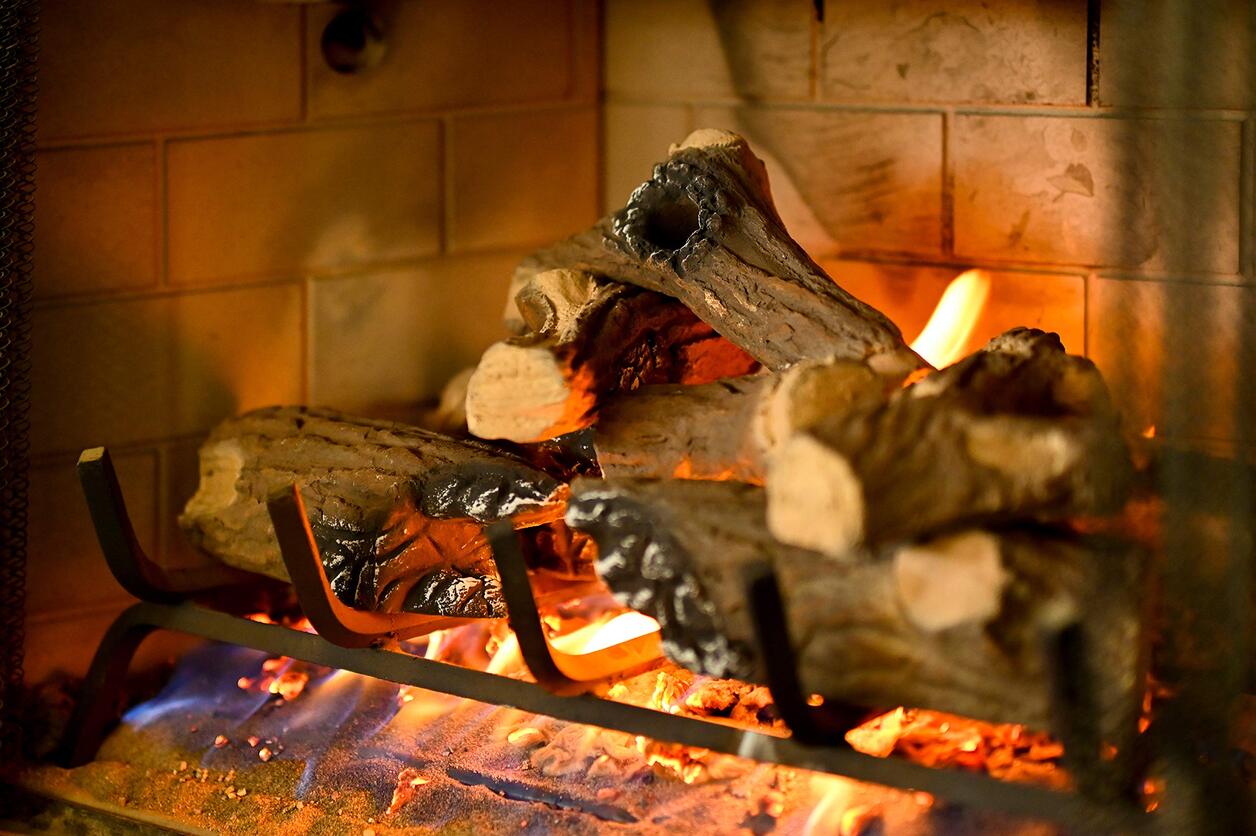

Articles
How To Arrange Gas Fireplace Logs
Modified: August 20, 2024
Learn how to arrange gas fireplace logs in this informative article. Discover the best tips and tricks for creating a cozy and realistic fire.
(Many of the links in this article redirect to a specific reviewed product. Your purchase of these products through affiliate links helps to generate commission for Storables.com, at no extra cost. Learn more)
Introduction
Gas fireplaces have become a popular choice among homeowners for bringing warmth and ambiance to their living spaces. Compared to traditional wood-burning fireplaces, gas fireplaces offer convenience and ease of use. One important aspect of a gas fireplace is arranging the gas fireplace logs. The arrangement of the logs not only affects the aesthetics of the fireplace but also ensures optimal efficiency and safety.
In this article, we will explore the different types of gas fireplace logs, how to select and purchase the right logs for your fireplace, and the step-by-step process of arranging them properly. We will also discuss important safety measures and maintenance tips to keep your gas fireplace logs in great condition.
So, whether you’re a new gas fireplace owner or simply looking for tips on enhancing the look and functionality of your existing fireplace, read on to learn the best practices for arranging gas fireplace logs.
Types of Gas Fireplace Logs
When it comes to gas fireplace logs, there are two main types to choose from: ceramic fiber logs and refractory ceramic logs.
Ceramic fiber logs are often made from a mixture of ceramic fibers and binders. They are lightweight and have a realistic appearance. These logs are highly heat-resistant and provide excellent heat dispersion.
On the other hand, refractory ceramic logs are crafted from heat-resistant refractory ceramic materials. They are heavier and more durable than ceramic fiber logs, making them a popular choice for long-term use. These logs retain and radiate heat efficiently, offering a cozy and comforting ambiance.
(…)
Key Takeaways:
- Choosing the right gas fireplace logs is crucial for both aesthetics and functionality. Consider factors like log type, size, and compatibility to enhance your fireplace’s appeal and ensure optimal performance.
- Prioritize safety and regular maintenance to enjoy the warmth and beauty of your gas fireplace. Follow safety measures, arrange logs properly, and maintain your fireplace for a cozy and inviting living space.
Read more: How To Install Gas Logs In Fireplace
Types of Gas Fireplace Logs
When it comes to gas fireplace logs, there are two main types to choose from: ceramic fiber logs and refractory ceramic logs. Each type has its own unique properties and benefits.
- Ceramic Fiber Logs: Ceramic fiber logs are often made from a mixture of ceramic fibers and binders. They are lightweight and have a realistic appearance that closely resembles natural wood logs. Ceramic fiber logs are known for their versatility and can be molded into various shapes and sizes to create a customized look. These logs are highly heat-resistant and provide excellent heat dispersion, making them an efficient choice for warming up your living space. Additionally, they do not produce ash or smoke, making them a low-maintenance option.
- Refractory Ceramic Logs: Refractory ceramic logs are crafted from heat-resistant refractory ceramic materials. They are heavier and more durable than ceramic fiber logs, making them a popular choice for long-term use. Refractory ceramic logs have a natural appearance and can mimic the appearance of different types of wood, such as oak or birch. These logs retain and radiate heat efficiently, offering a cozy and comforting ambiance. Additionally, they provide a more authentic crackling sound when gas is ignited, further enhancing the overall fireplace experience.
Both types of gas fireplace logs have their own advantages, and the choice ultimately depends on your personal preferences and the desired aesthetic for your fireplace. It’s a good idea to visit a showroom or consult with a fireplace professional to see the different options and decide which type of logs will best suit your needs.
Once you have chosen the type of gas fireplace logs, it’s important to select the appropriate size and number of logs for your fireplace. This will ensure proper gas combustion and optimal heat distribution. It’s recommended to refer to the manufacturer’s guidelines or consult with a fireplace expert to determine the correct log arrangement for your specific fireplace model.
(…)
Selecting and Purchasing Gas Fireplace Logs
When it comes to selecting and purchasing gas fireplace logs, there are a few factors to consider to ensure you make the right choice for your fireplace. Let’s explore these factors below.
1. Size and Compatibility: It’s important to choose gas fireplace logs that are the right size and compatible with your fireplace. Refer to the manufacturer’s guidelines or consult with a fireplace professional to determine the appropriate log size for your fireplace. Using logs that are too large or too small can hinder proper gas combustion and affect the efficiency of your fireplace. Additionally, check if there are any specific requirements or compatibility considerations for your particular fireplace model.
2. Aesthetic Appeal: Gas fireplace logs come in various shapes, sizes, and colors. Consider the overall aesthetic you want to achieve in your living space and choose logs that complement your interior design. For example, if you prefer a rustic look, you may opt for logs that resemble oak or birch. If you prefer a modern look, you may choose logs with a contemporary design. Take your time to browse different options and select logs that align with your personal style.
3. Quality and Durability: Investing in high-quality gas fireplace logs is essential for long-term use and optimal performance. Look for logs that are made from durable materials like ceramic fiber or refractory ceramic, as they are designed to withstand high temperatures and maintain their appearance over time. Reading customer reviews and choosing reputable brands can help ensure that you are purchasing logs of good quality.
4. Price Range: Gas fireplace logs come in a range of prices, depending on the materials used and the complexity of the design. Set a budget for your gas fireplace logs and explore options within that price range. Remember that quality and durability should be prioritized over cutting costs, as investing in durable logs will save you money in the long run and provide a better fireplace experience.
5. Safety Certification: When purchasing gas fireplace logs, ensure that they are safety-certified by a recognized organization. This certification ensures that the logs meet certain safety standards and have undergone rigorous testing to ensure their reliability. Look for labels or certification marks from organizations such as UL (Underwriters Laboratories) to ensure you are purchasing logs that adhere to safety guidelines.
Once you have considered these factors, you can proceed to purchase the gas fireplace logs. Shopping online or visiting a local fireplace store are both viable options. When making the purchase, double-check the log dimensions, material composition, and any other specific requirements to ensure a proper fit for your fireplace.
By taking the time to select and purchase the right gas fireplace logs, you can enhance the aesthetic appeal of your fireplace while ensuring optimal performance and safety.
(…)
Preparing the Fireplace
Before you can start arranging the gas fireplace logs, it’s important to properly prepare the fireplace to ensure optimal performance and safety. Here are the steps to follow for preparing your gas fireplace:
- Clean the Fireplace: Start by cleaning the interior of the fireplace. Remove any debris, ash, or dust that may have accumulated. Use a vacuum or a brush to carefully clean the burners, vents, and surrounding areas. This will ensure proper airflow and prevent any obstructions that may affect gas combustion.
- Inspect Gas Connections: Check the gas connections and ensure that they are securely fitted. Look for any signs of gas leaks, such as hissing sounds or a sulfur-like odor. If you suspect a gas leak, turn off the gas supply immediately and contact a professional plumber or gas technician to fix the issue.
- Clean and Test the Ignition System: If your gas fireplace has an ignition system, carefully clean it to remove any dirt or debris. Test the ignition system to make sure it is functioning properly. If you encounter any issues, consult the manufacturer’s manual or contact a fireplace technician for assistance.
- Check Ventilation: Ensure that the ventilation system is clear of any obstructions. The venting system helps to remove combustion byproducts from the fireplace, promoting safe and efficient operation. Inspect the exhaust vents and make sure they are clean and free from debris.
- Follow Manufacturer’s Instructions: Always refer to the manufacturer’s instructions for your specific gas fireplace model. The manufacturer’s guidelines will provide important information on maintenance, operation, and safety precautions. Adhering to these instructions will help ensure the longevity and optimal performance of your gas fireplace.
By properly preparing your gas fireplace, you create a clean and safe environment for arranging the gas fireplace logs. Taking the time to perform these steps before arranging the logs will ensure that your fireplace operates efficiently and safely.
(…)
When arranging gas fireplace logs, place the larger logs towards the back and the smaller ones towards the front for a more natural and realistic look.
Arranging Gas Fireplace Logs
Now that you have prepared your gas fireplace, it’s time to arrange the gas fireplace logs. Follow these step-by-step instructions to create an aesthetically pleasing and efficient arrangement:
- Refer to the Manufacturer’s Instructions: Start by referring to the manufacturer’s instructions for your specific gas fireplace model. Each fireplace may have its own recommended log arrangement. Follow these guidelines to ensure proper airflow and gas combustion.
- Place the Main Logs: Begin by placing the main logs, which are typically the largest logs, towards the back of the fireplace. These logs will serve as the foundation of the arrangement. Position them parallel to each other, ensuring that there is enough space between them for proper ventilation and gas flow.
- Arrange the Middle Logs: Next, arrange the middle logs in front of the main logs. These logs should be slightly smaller in size and placed at varying angles to create a natural and realistic look. Position them in a way that allows flames to reach the top of the logs and create an appealing visual effect.
- Add the Front Logs: Finally, add the front logs, which are the smallest logs, to the front of the arrangement. These logs should be positioned closer to the viewer and slightly apart to enhance the depth and dimension of the flames. Arrange them in a way that is visually appealing and complements the overall log placement.
- Adjust and Fine-tune: Step back and assess the log arrangement from different angles. Make any necessary adjustments to ensure a balanced and eye-catching display. Experiment with different log positions and angles until you achieve the desired look.
Remember, the log positioning should allow for proper gas combustion and efficient heat distribution. Avoid tightly packing the logs together, as this can obstruct the free flow of gas and hinder performance. Additionally, ensure that none of the logs are positioned in front of the gas burner, as this can cause flames to flare up and potentially damage the logs.
It’s worth mentioning that if you’re unsure about arranging the gas fireplace logs or have any concerns, it’s best to consult a professional fireplace technician. They can provide expert guidance and ensure that your logs are arranged correctly for optimal performance and safety.
(…)
Read more: What Is A Gas Log Fireplace
Safety Measures
While enjoying the warmth and beauty of your gas fireplace, it’s important to prioritize safety. Here are some essential safety measures to keep in mind:
- Read and Follow the Manufacturer’s Instructions: Familiarize yourself with the manufacturer’s instructions for your gas fireplace model. Follow their guidelines for installation, operation, maintenance, and safety precautions. Adhering to these instructions will help prevent accidents and ensure the safe use of your fireplace.
- Proper Ventilation: Ensure that your gas fireplace has adequate ventilation. A well-ventilated fireplace allows for the proper exhaust of combustion byproducts such as carbon monoxide. Regularly inspect and clean the exhaust vents to prevent blockages and ensure smooth airflow.
- Keep Combustible Materials Away: Maintain a safe distance between flammable objects and the fireplace. Keep furniture, curtains, rugs, and other flammable materials at a safe distance to prevent accidental fires. This is especially important during operation when the fireplace is producing heat.
- Use Quality Ventless Gas Logs: If you opt for ventless gas logs, ensure they are safety-certified and specifically designed for ventless use. Follow the manufacturer’s instructions regarding proper installation, fuel usage, and recommended room size. Ventless gas logs require adequate ventilation to prevent the buildup of harmful gases like carbon monoxide.
- Install Carbon Monoxide Detectors: Carbon monoxide is a colorless and odorless gas that can pose a serious health risk. Install carbon monoxide detectors near your gas fireplace and throughout your living space. Regularly test and replace the batteries in these detectors to ensure they are in working order.
- Keep Children and Pets Supervised: Never leave children or pets unsupervised near a gas fireplace. The glass doors, hot surfaces, and flames can cause burns or other accidents. Establish clear boundaries and educate family members about the potential dangers associated with the fireplace.
- Regular Maintenance and Inspections: Schedule regular professional inspections and maintenance for your gas fireplace. A technician can ensure that the gas lines, burners, and other components are in good condition and functioning properly. They can also clean and check for any potential hazards.
- Turn Off Gas When Not in Use: When you’re finished using the fireplace, always turn off the gas supply. This eliminates any potential risks if the gas accidentally leaks or a malfunction occurs. Additionally, ensure that the pilot light is also turned off.
By following these safety measures, you can enjoy your gas fireplace with peace of mind, knowing that you are minimizing potential risks and protecting your home and loved ones.
(…)
Maintenance and Cleaning
Regular maintenance and cleaning are essential to ensure the longevity, efficiency, and safety of your gas fireplace. Here are some guidelines on how to properly maintain and clean your gas fireplace:
- Annual Professional Inspection: Schedule an annual inspection with a professional technician to assess the overall condition of your gas fireplace. They will inspect the gas lines, valves, burner, pilot light, and other components to ensure they are functioning properly and identify any potential issues.
- Inspect for Physical Damage: Regularly inspect your gas fireplace for any signs of physical damage. Look for cracks in the logs, loose connections, or any visible wear and tear. If you notice any damage, contact a technician to address the issue promptly.
- Clean the Glass Doors: Over time, the glass doors of your gas fireplace may accumulate dirt, soot, or residue. Clean the glass doors using a non-abrasive glass cleaner and a soft cloth. Avoid using harsh chemicals or abrasive materials as they can scratch or damage the glass surface.
- Remove Dust and Debris: Use a soft brush or vacuum cleaner to remove any dust, debris, or cobwebs that may have accumulated inside the fireplace or around the logs. Wipe down the surfaces with a dry cloth to keep them clean.
- Clean the Burners and Pilot Light: The burners and pilot light can accumulate dust and debris, hindering their performance. Carefully remove any buildup using a soft brush or compressed air. Avoid touching the burners or pilot light with your bare hands to prevent damage or injury.
- Check the Gas Connections: Regularly inspect the gas connections to ensure they are secure and leak-free. If you detect any gas odor or suspect a leak, immediately turn off the gas supply and contact a professional technician to address the issue.
- Check the Chimney or Vent: If your gas fireplace is vented, ensure that the chimney or vent is clear of any obstructions. Regularly check for nests, debris, or any blockages that can impede proper ventilation. Do not attempt to clean the chimney yourself; consult a professional chimney sweep for proper cleaning.
- Refer to the Manufacturer’s Guidelines: Always consult the manufacturer’s guidelines for specific maintenance instructions for your gas fireplace model. They will provide specific recommendations on cleaning products, maintenance schedules, and other important considerations.
By following these maintenance and cleaning practices, you can keep your gas fireplace in optimal condition, ensure efficient operation, and prolong its lifespan. Regular maintenance not only enhances the performance of your fireplace but also promotes a safe and enjoyable experience for you and your family.
(…)
Conclusion
Arranging gas fireplace logs is an important aspect of creating a warm and inviting atmosphere in your home. By following the proper steps and considering factors such as log types, size, and compatibility, you can enhance the aesthetic appeal of your gas fireplace and ensure optimal efficiency and performance.
When selecting and purchasing gas fireplace logs, take into account factors like size, aesthetic appeal, quality, and safety certification. By investing in high-quality logs that are suitable for your fireplace, you can enjoy their beauty and functionality for years to come. Remember to refer to the manufacturer’s instructions for your specific gas fireplace model to ensure proper log arrangement.
Preparing the fireplace is crucial for safe and efficient operation. Clean the fireplace, inspect gas connections, check ventilation, and follow the manufacturer’s instructions. These steps will create a clean and safe environment for arranging the gas fireplace logs.
Arranging the logs in a visually appealing and efficient manner involves placing the main logs at the back, followed by the middle and front logs. Adjust and fine-tune, keeping in mind proper gas combustion and ventilation. If in doubt, consult with a professional fireplace expert for guidance.
In addition to the arrangement of logs, it is crucial to prioritize safety measures. Read the manufacturer’s instructions, ensure proper ventilation, keep combustible materials away, install carbon monoxide detectors, and regularly maintain and inspect the fireplace for any potential hazards.
Maintaining and cleaning your gas fireplace on a regular basis ensures its longevity, efficiency, and safety. Schedule annual professional inspections, clean the glass doors, remove dust and debris, and check gas connections and chimneys or vents. Following these maintenance practices will keep your gas fireplace in top condition.
In conclusion, with proper planning, selection, and arrangement, your gas fireplace logs can transform your living space into a cozy and inviting retreat. Prioritize safety, maintain regular inspections, and enjoy the warmth and beauty that a well-maintained gas fireplace brings to your home.
Remember, if you have any doubts or concerns about arranging or maintaining your gas fireplace logs, it’s always best to consult with a professional fireplace technician who can provide expert guidance based on your specific fireplace model.
(…)
Now that you've got the hang of arranging your gas fireplace logs for that cozy, realistic fire, keeping your gas fireplace in tip-top shape is crucial for both efficiency and safety. Regular maintenance not only prolongs the lifespan of your fireplace but also ensures it runs safely every time you light it up. For easy-to-follow tips on keeping your fireplace at its best, dive into our detailed guide on gas fireplace upkeep.
Frequently Asked Questions about How To Arrange Gas Fireplace Logs
Was this page helpful?
At Storables.com, we guarantee accurate and reliable information. Our content, validated by Expert Board Contributors, is crafted following stringent Editorial Policies. We're committed to providing you with well-researched, expert-backed insights for all your informational needs.
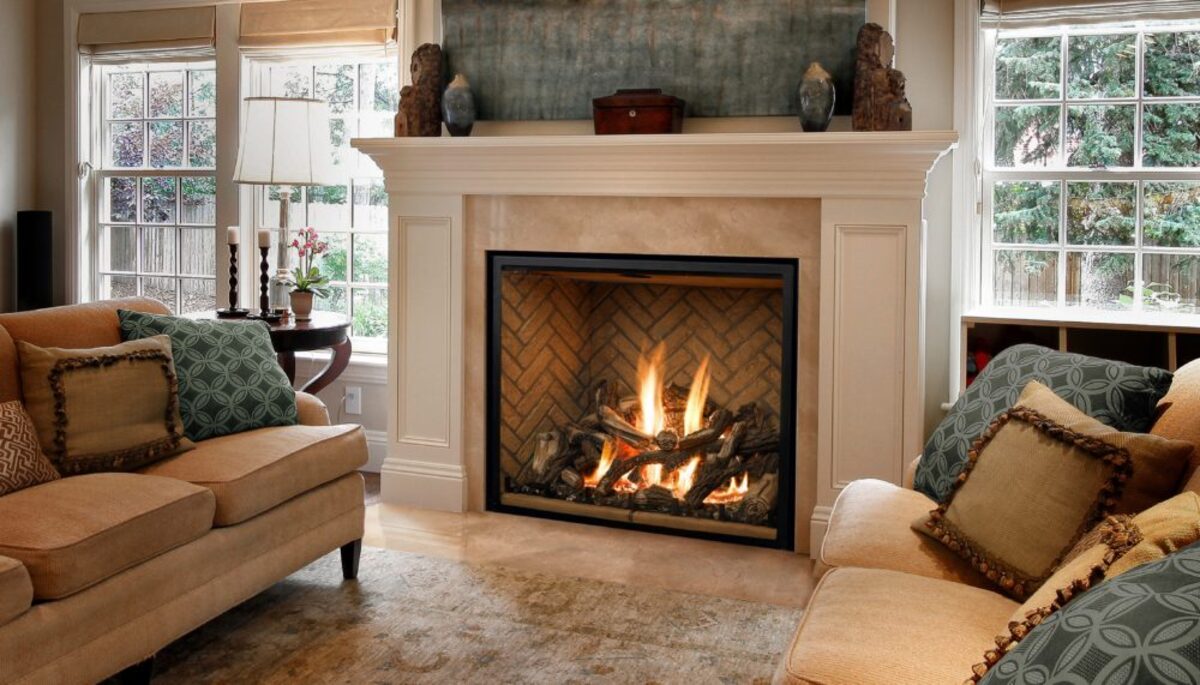

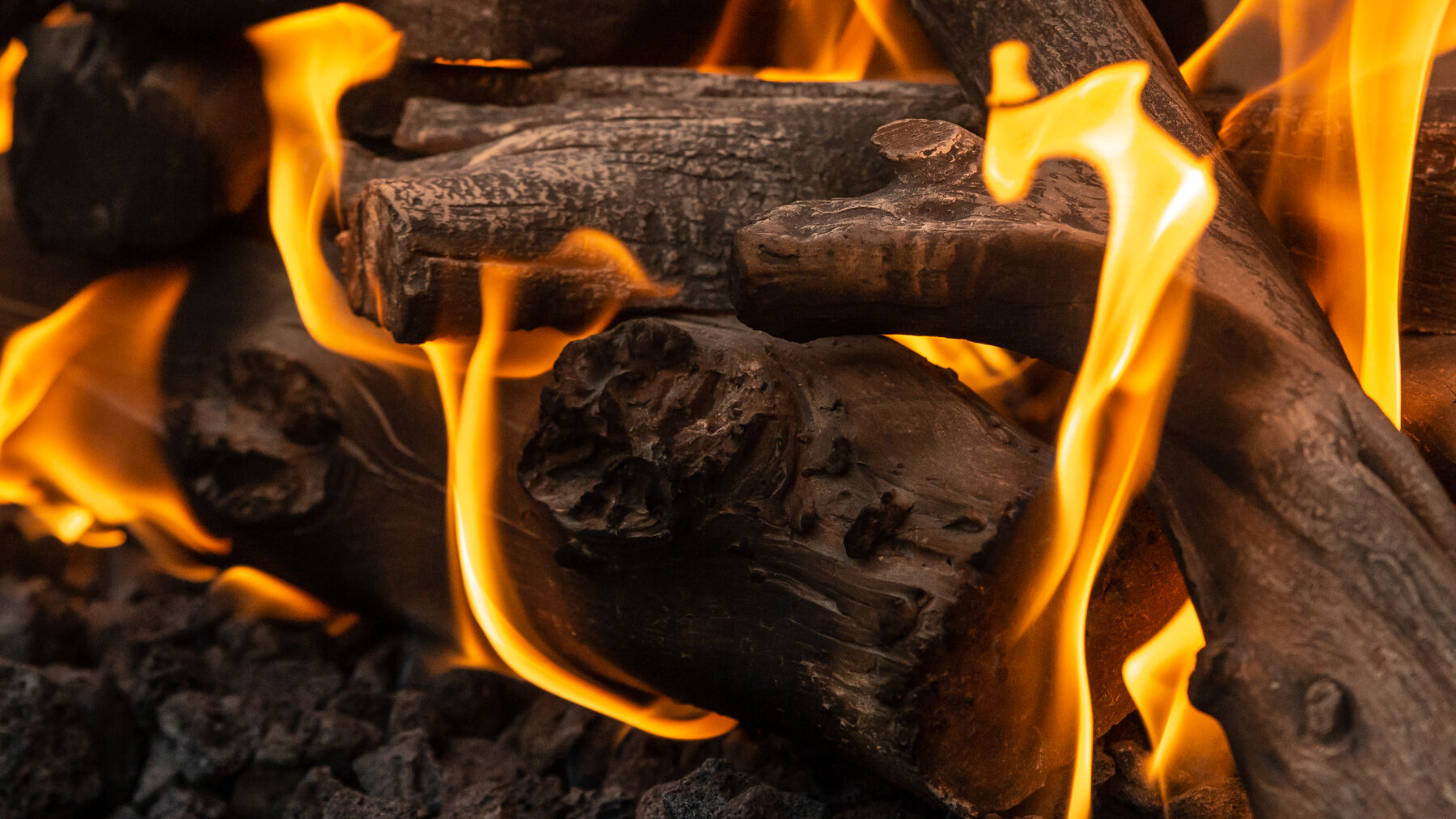
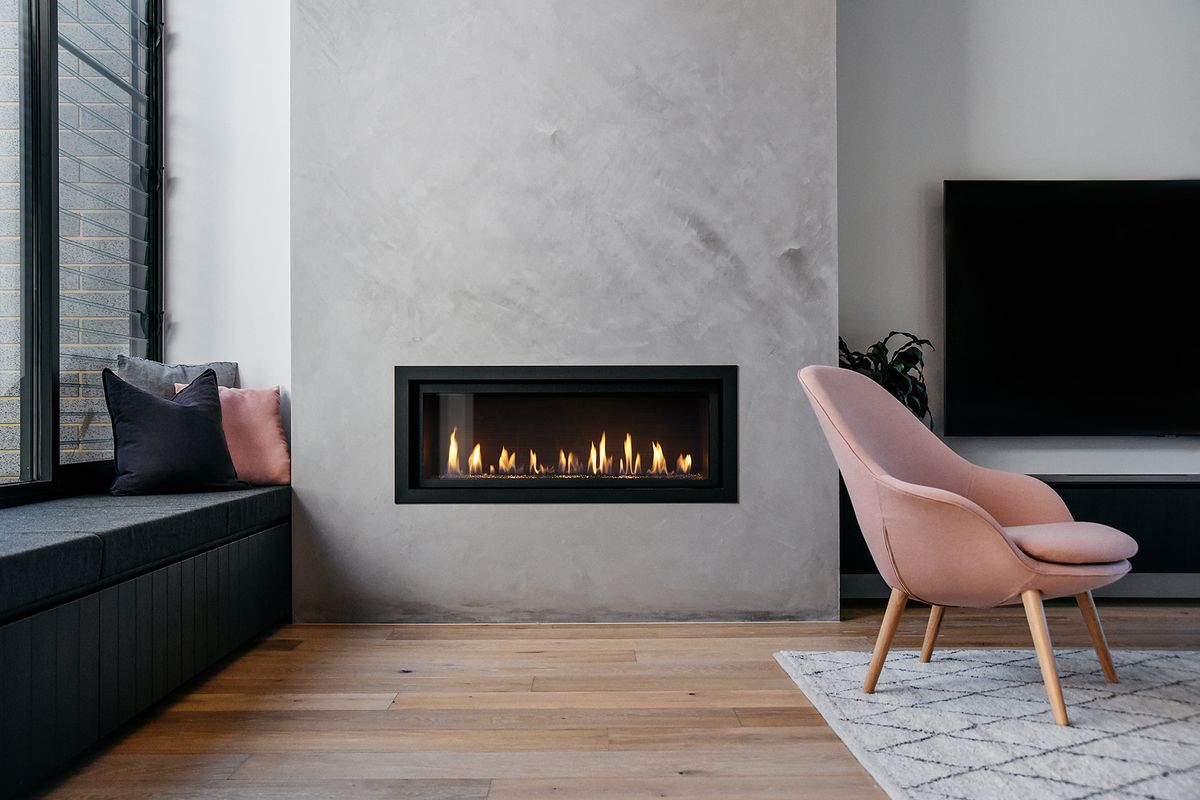
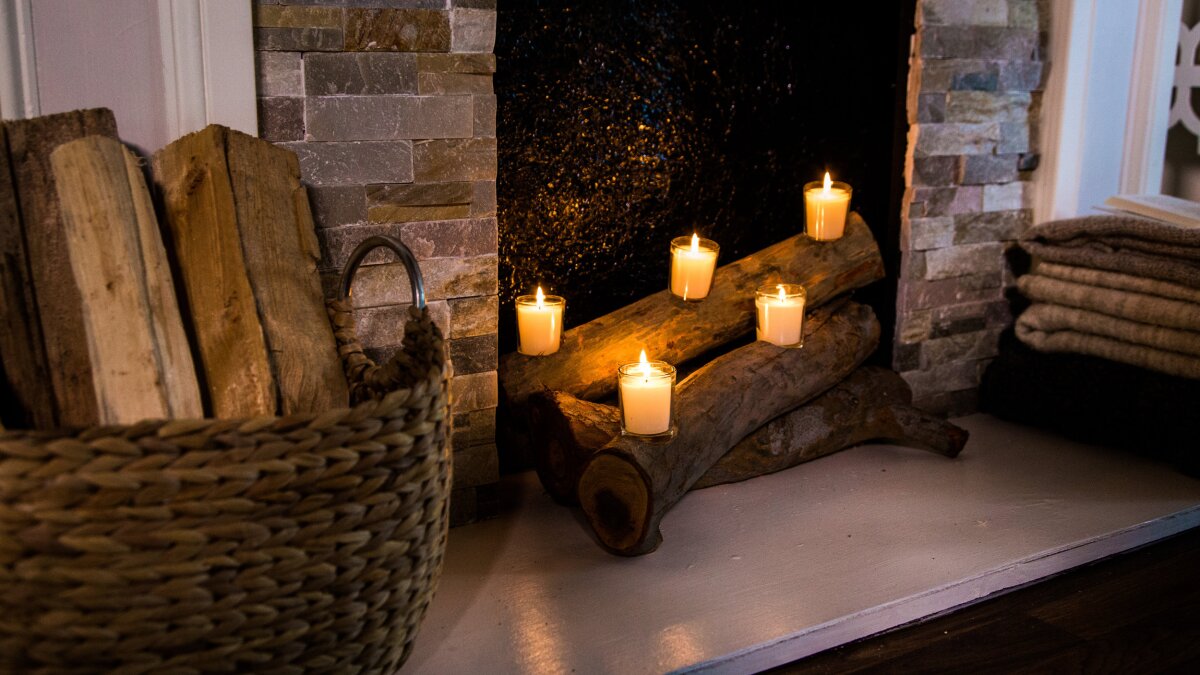
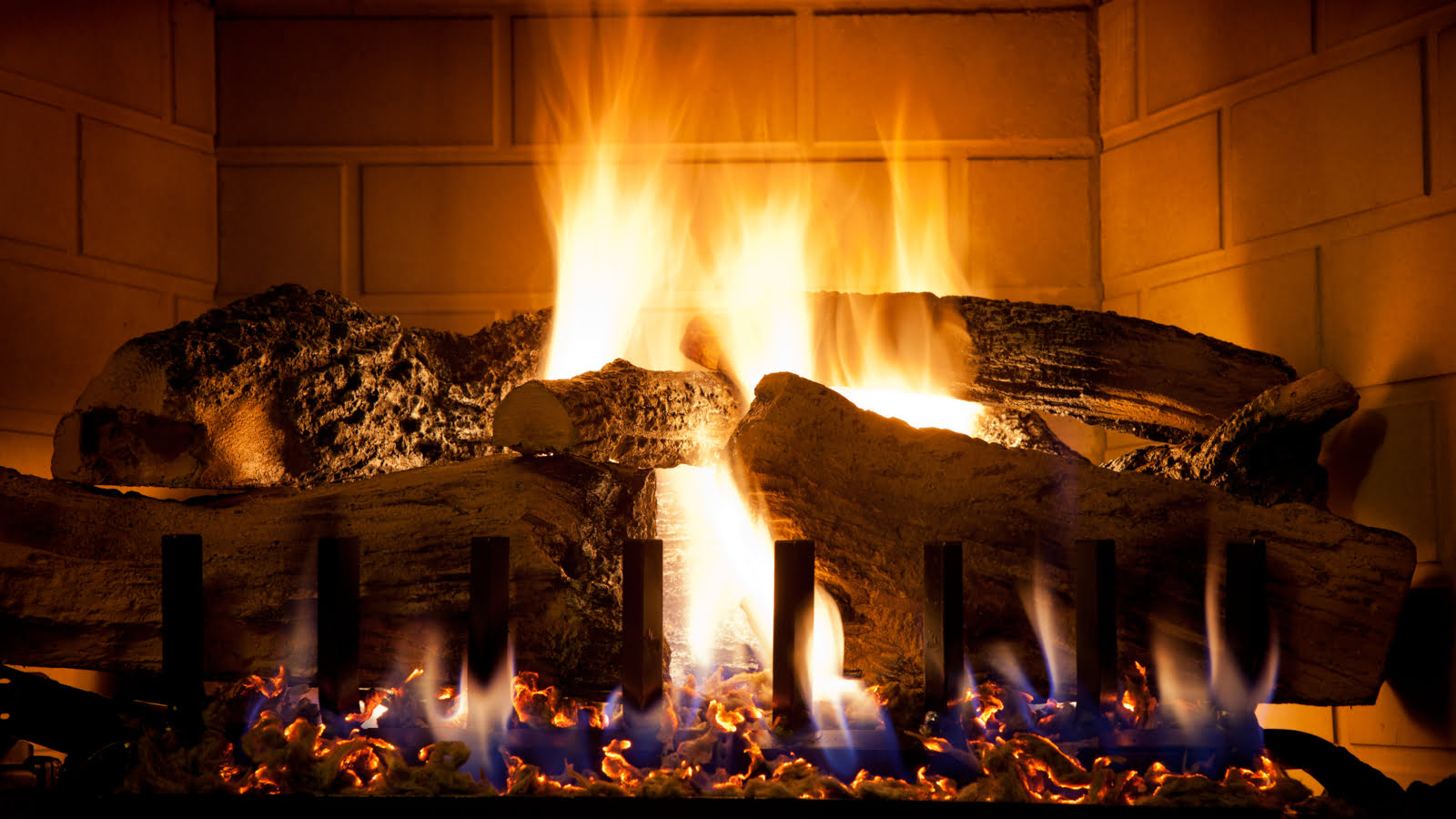
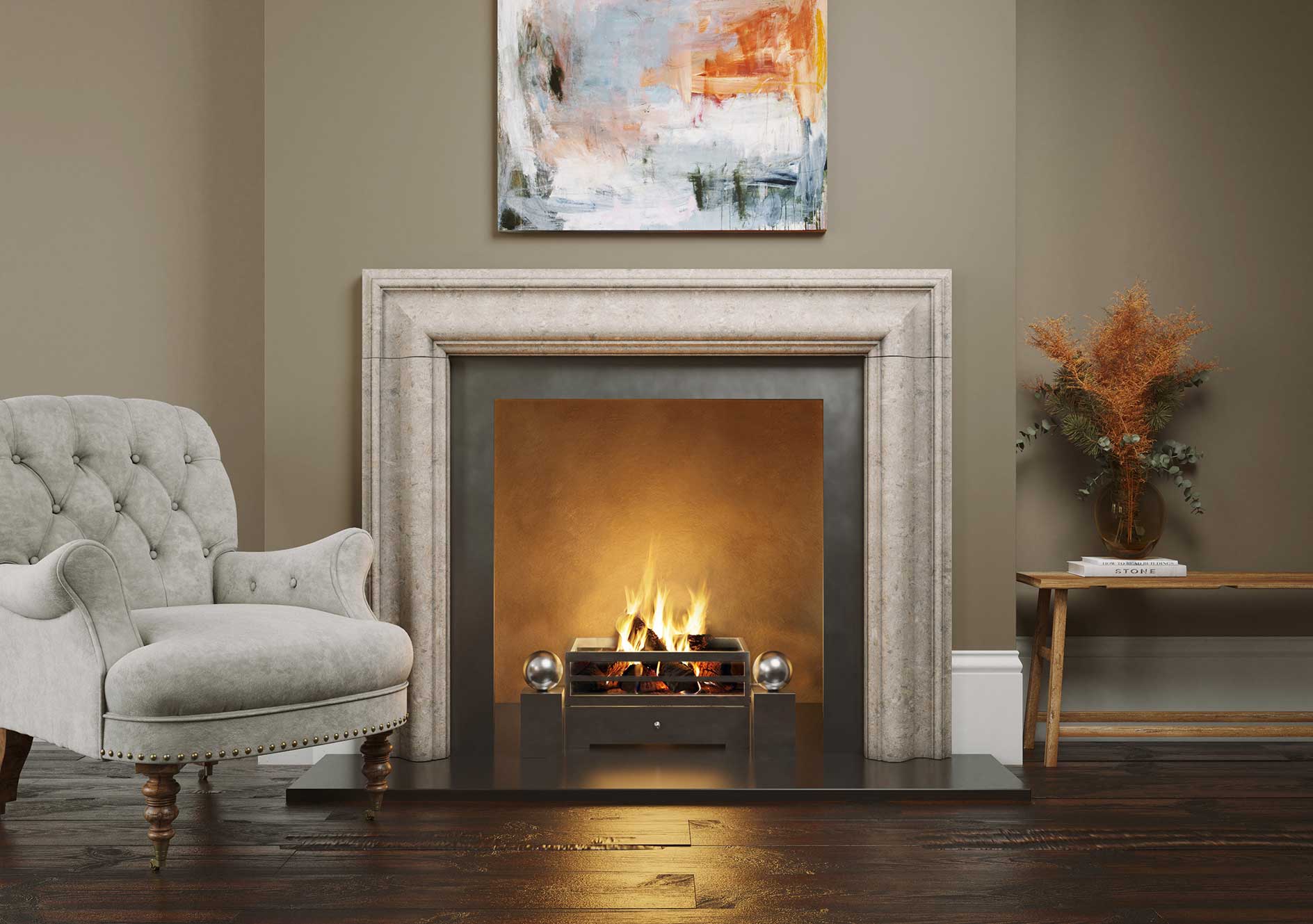
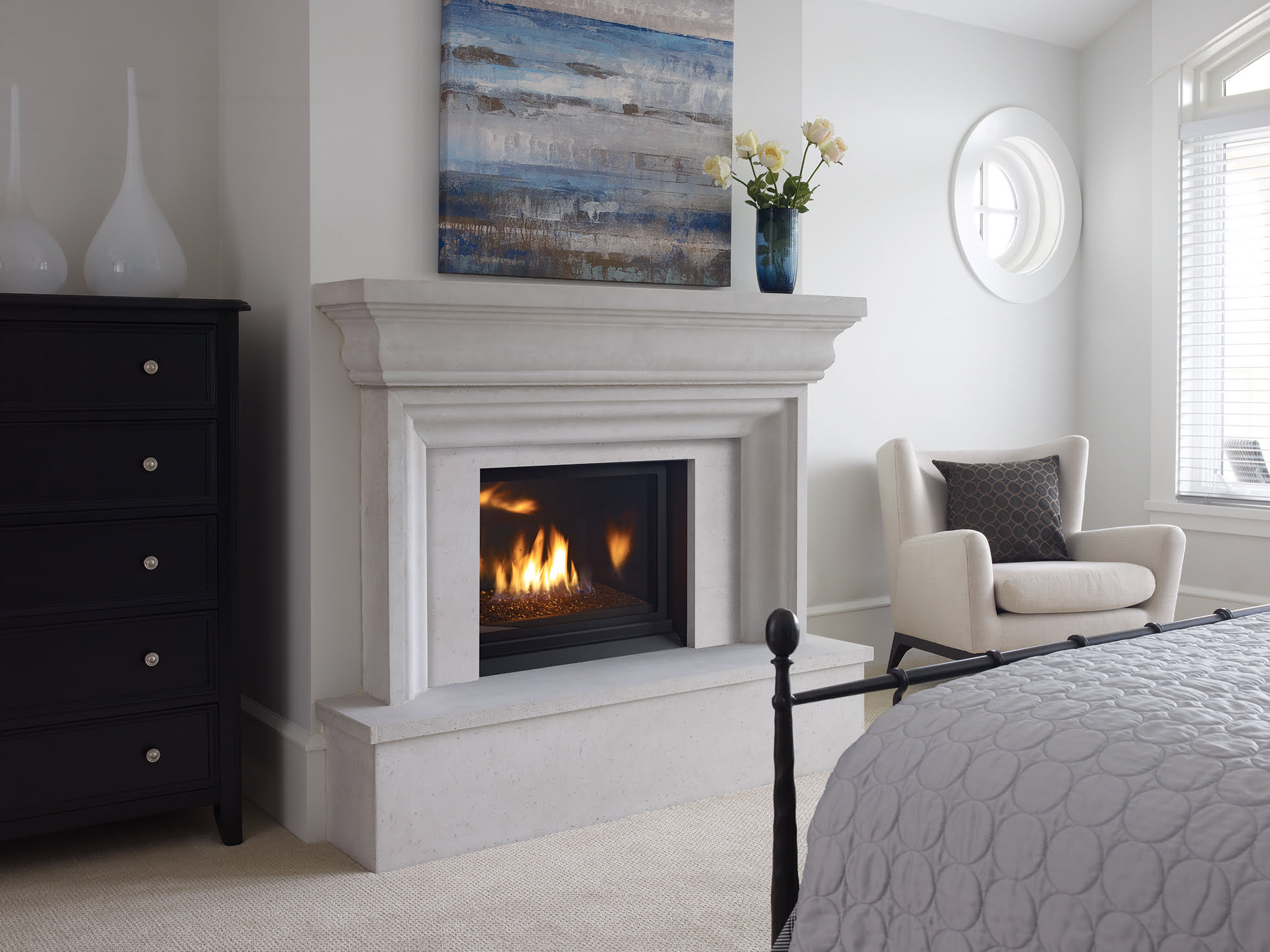
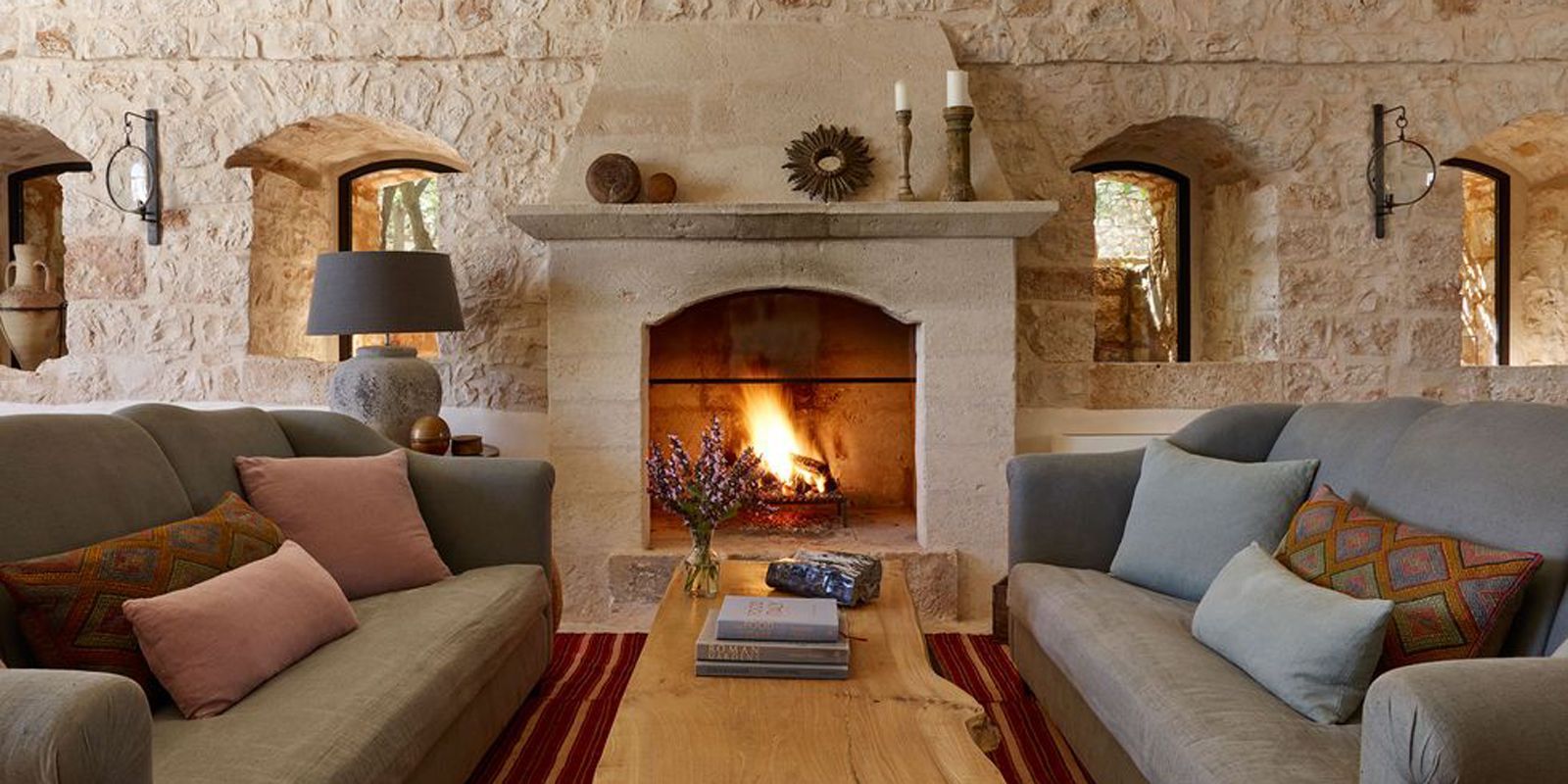

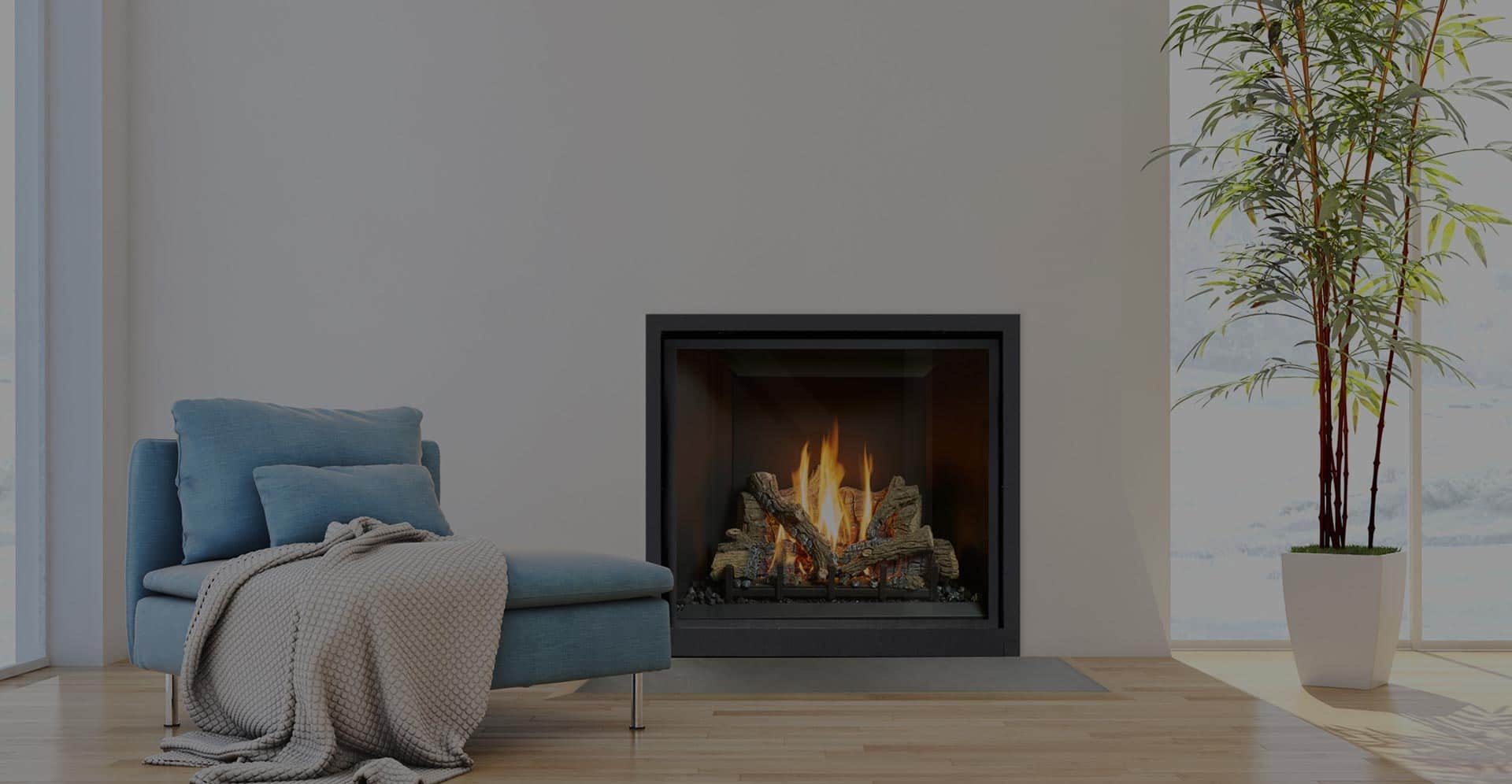

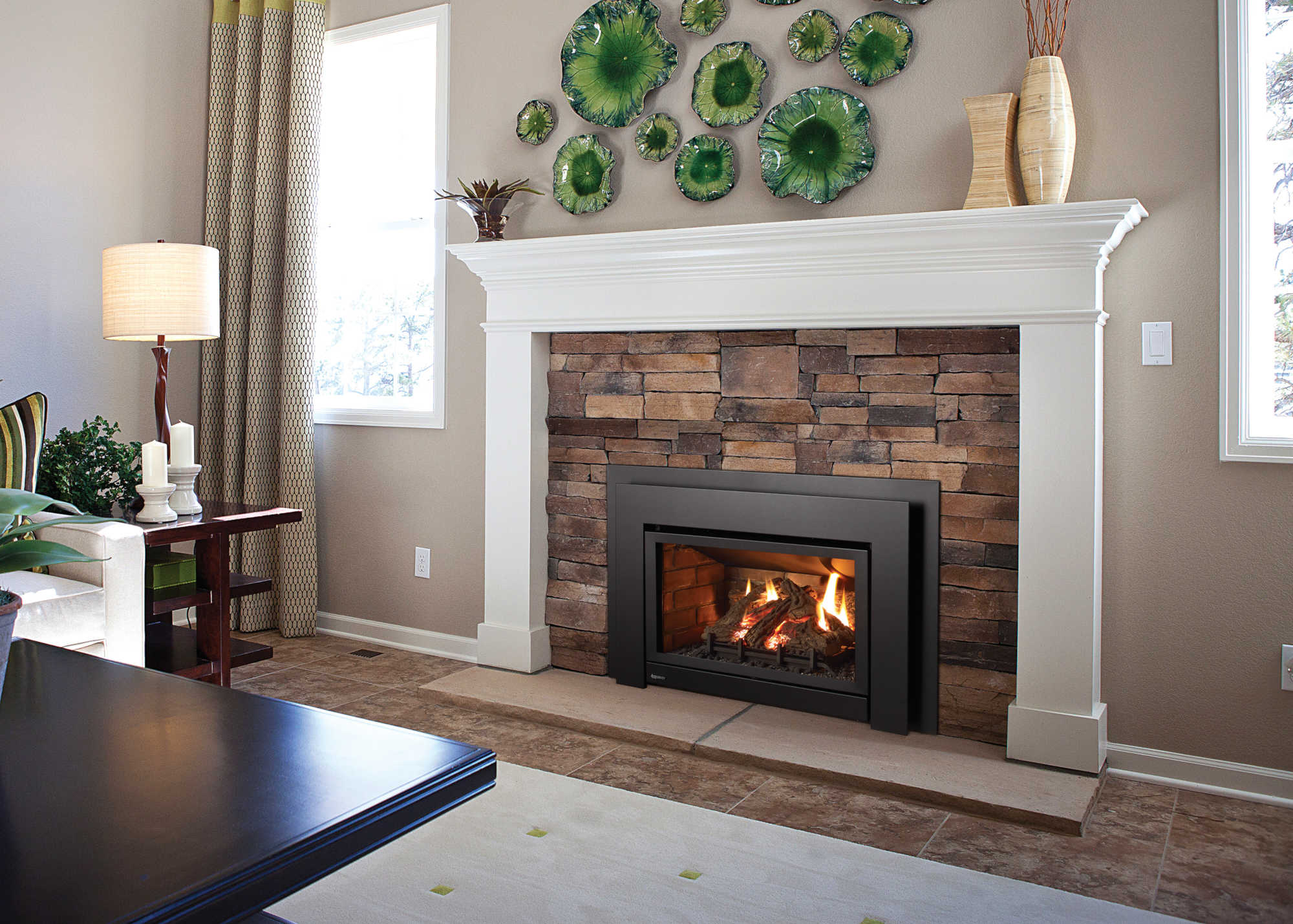
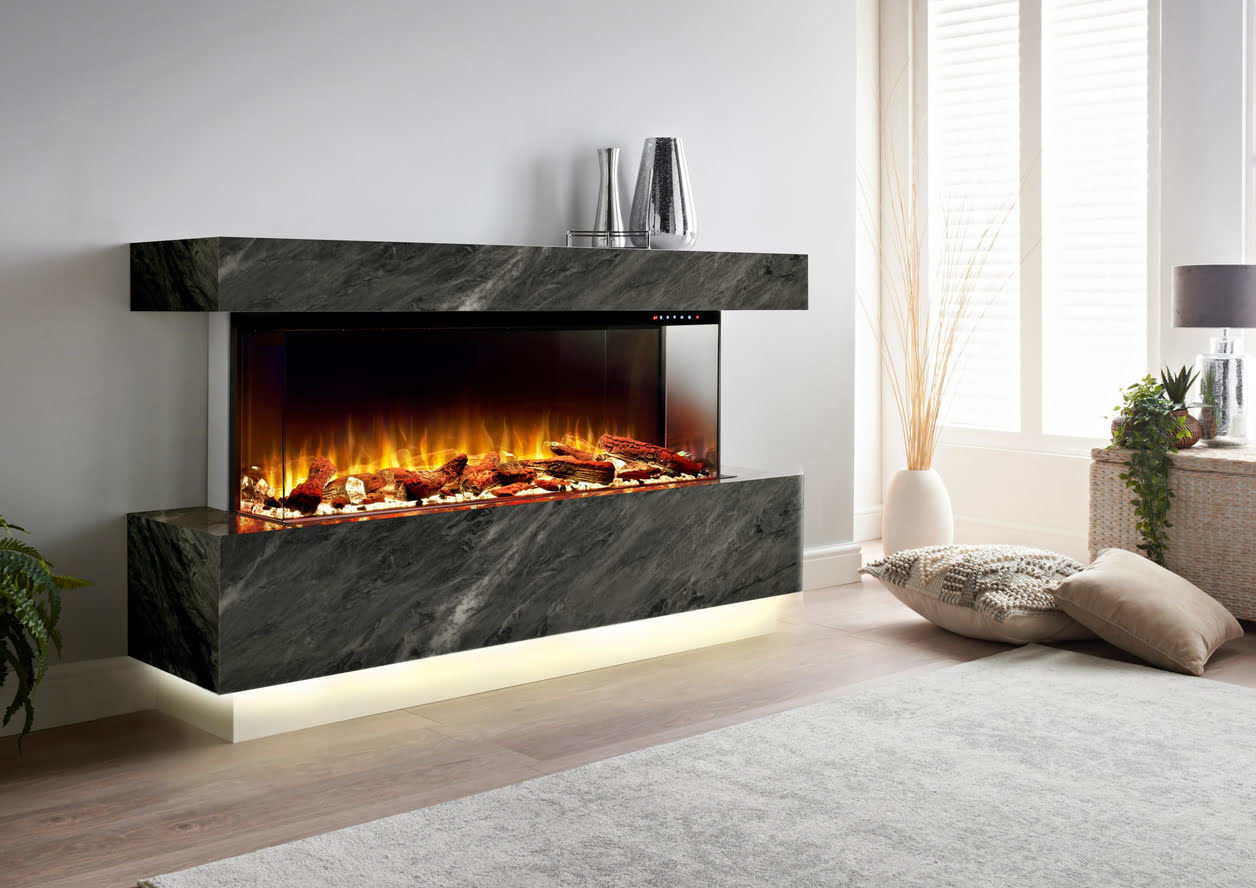

0 thoughts on “How To Arrange Gas Fireplace Logs”